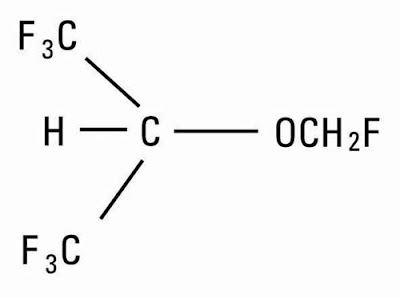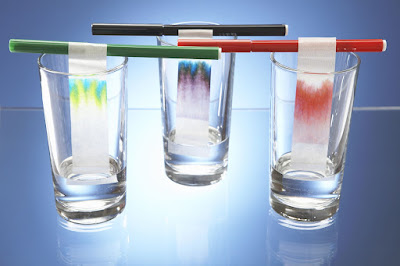Lyme Disease Treatment: A Guide to Managing this Complex Illness
 |
| Lyme Disease Treatment |
Lyme disease is a systemic bacterial infection that is transmitted through the bite of infected ticks. If left untreated, it can cause serious long-term health issues. With early detection and proper treatment, most people make a full recovery. However, treatment of Lyme disease can often be complex due to the varied nature of symptoms and persistence of symptoms in some patients.
Signs and Symptoms
The most common early signs of Lyme disease include flu-like symptoms such as
fever, headache, fatigue and muscle and joint aches. A characteristic red
bull's-eye rash called erythema migrans is seen in around 70-80% of infected
individuals. Later stages may involve joint pain and swelling, nerve pain,
cardiac and neurologic issues. Symptoms can vary greatly between individuals.
It is important to check for ticks after being in wooded or grassy areas and
see a doctor if you develop symptoms. Laboratory tests help confirm the
infection.
Early Treatment Options
Most doctors will prescribe oral antibiotics like doxycycline, amoxicillin or
cefuroxime axetil as first-line Lyme
Disease Treatment for early localized Lyme disease. Typical treatment
involves taking the antibiotic for 14 to 21 days. Oral medications are
generally well tolerated with reported side effects being uncommon. Response to
treatment is usually prompt with symptoms resolving within a few days to weeks.
In some cases intravenous (IV) antibiotics may be given if symptoms are more
severe or widespread. For patients with certain neurologic or cardiac
involvement, IV ceftriaxone or penicillin may be required for up to 4 weeks.
Managing Later Stage Lyme Disease
For some people, symptoms of fatigue, pain, or difficulty thinking may continue
or even develop months to years after treatment. This is sometimes called
Post-Treatment Lyme Disease Syndrome (PTLDS). The cause is still being
investigated. The current recommended approach is to address ongoing symptoms
through symptom management. Options include pain medications, physical therapy,
cognitive behavioral therapy, exercise and stress management techniques. Some
studies have indicated certain IV antibiotics may help some PTLDS patients, but
more research is still needed regarding their efficacy. Resolution of
persistent symptoms can take months or longer with a supportive treatment
approach.
Preventing Tick Bites and Reinfection
Using insect repellent and doing full-body tick checks after being outdoors are
the best ways to avoid tick bites in the first place. Wearing light-colored
clothing makes it easier to spot ticks. Tucking pants into socks helps prevent
ticks travelling underneath clothing. Performing thorough tick checks on
yourself, your children and pets daily is vital, as ticks can take 24-48 hours
of attachment before transmitting the infection. Lyme disease vaccination for
high-risk individuals is also available. Reinfection is possible if exposed to
infected ticks again, so prevention methods should continue through spring and
summer months.
Monitoring Treatment Response and
Recovery
It is important for your doctor to closely monitor your symptoms and treatment
response. Follow-up blood tests 6-8 weeks after antibiotic treatment can
confirm clearance of the infection. However, antibodies may still be detected
by serologic tests for months to years even after successful treatment. So,
ongoing symptoms alone do not necessarily indicate treatment failure or ongoing
infection. With time and symptom management, full recovery is achievable for
the majority of patients. Having a treatment and follow-up plan agreed upon
with an experienced Lyme-literate doctor is highly recommended.
Get More Insights on Lyme Disease Treatment



Comments
Post a Comment